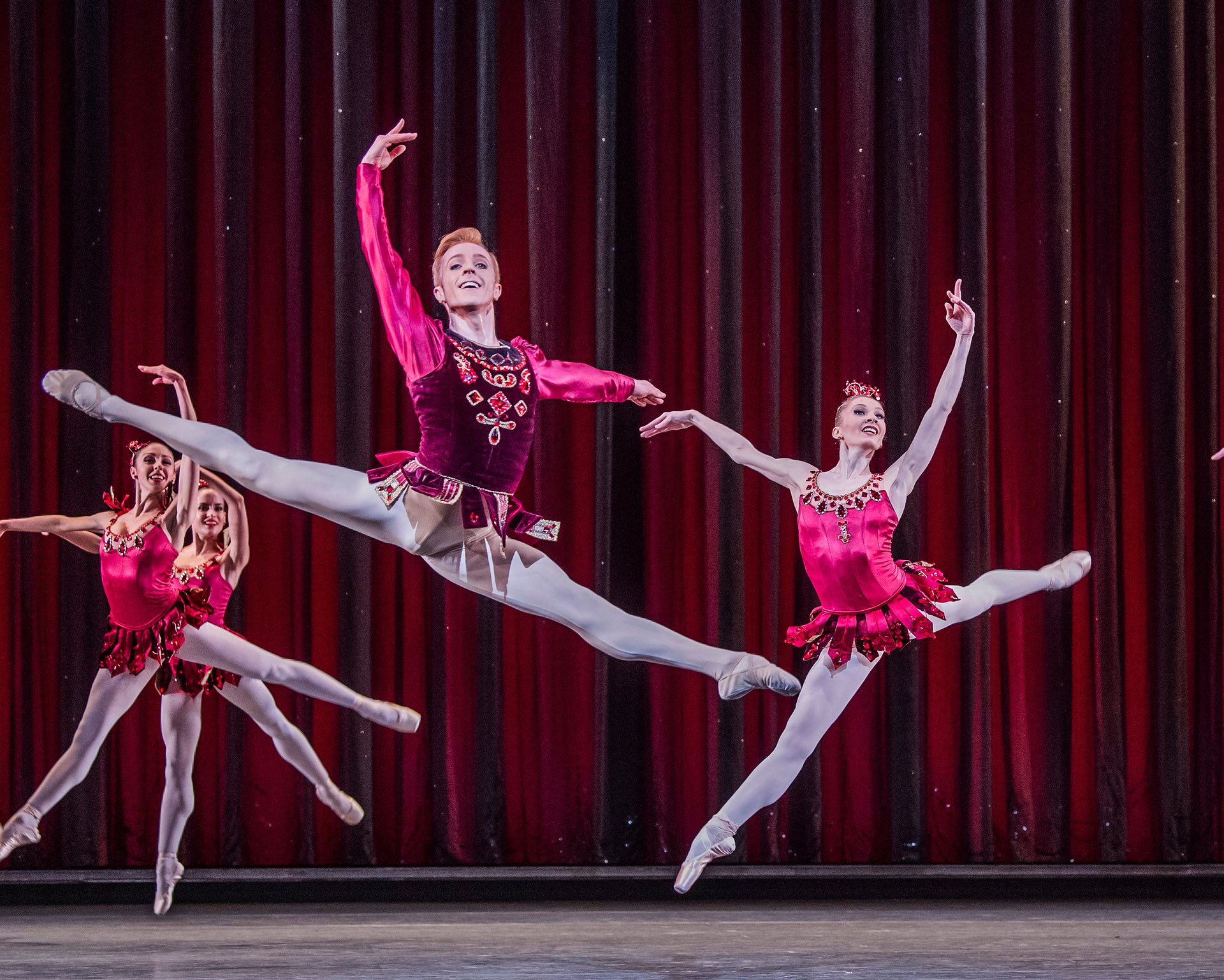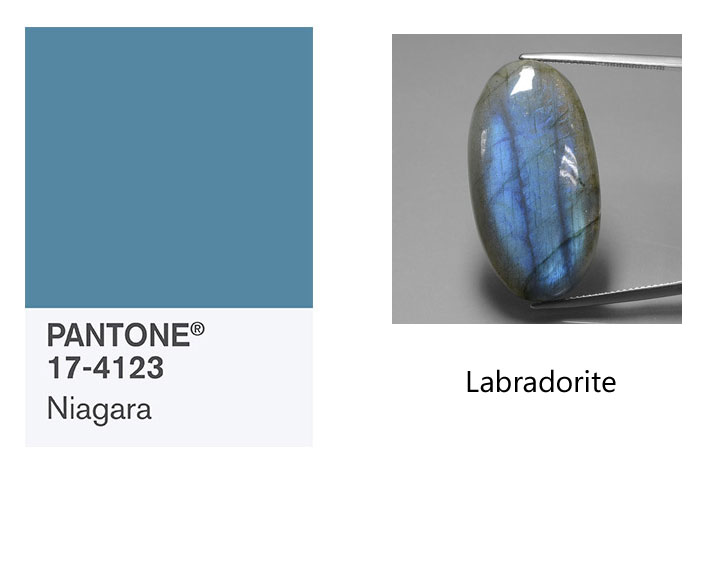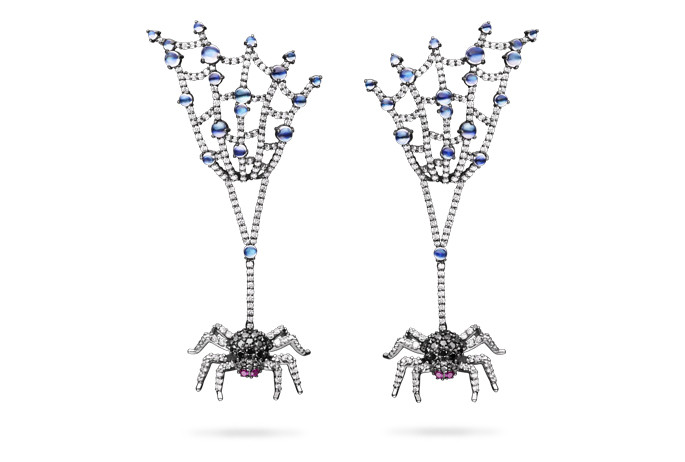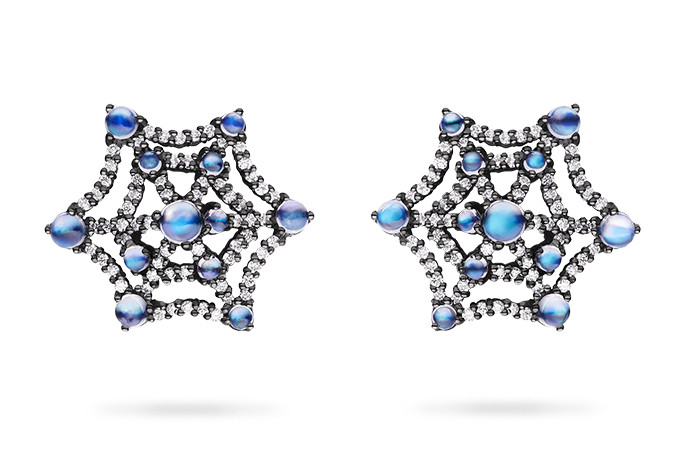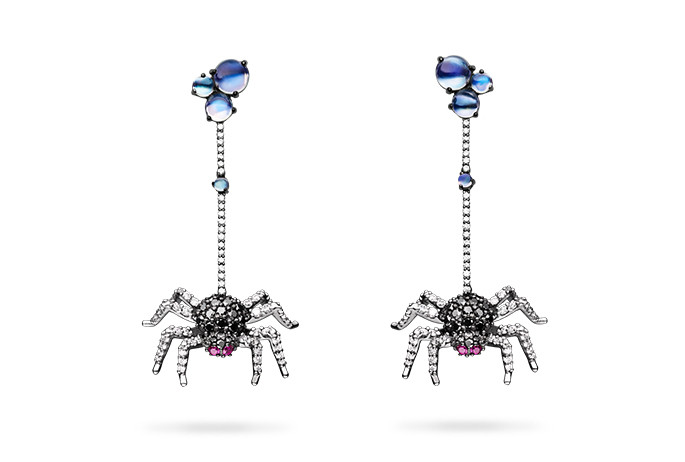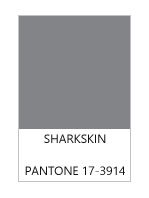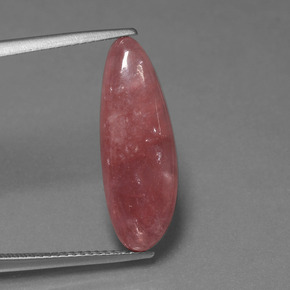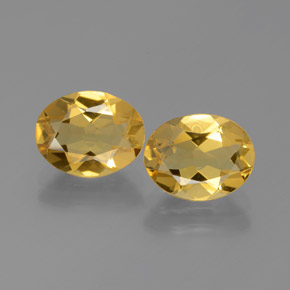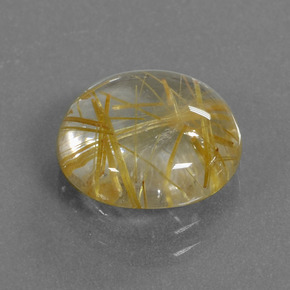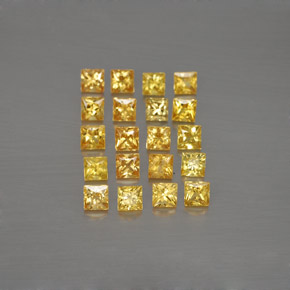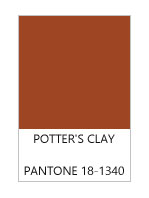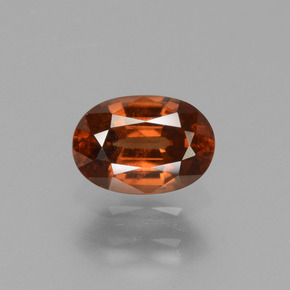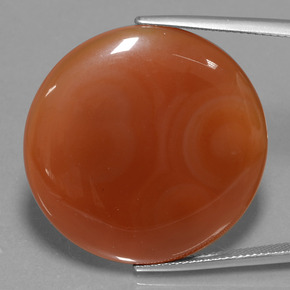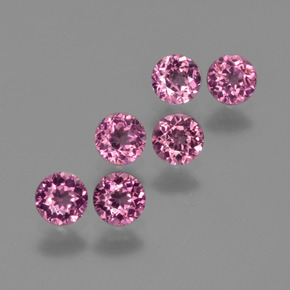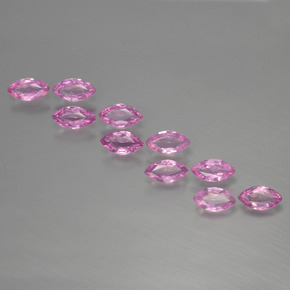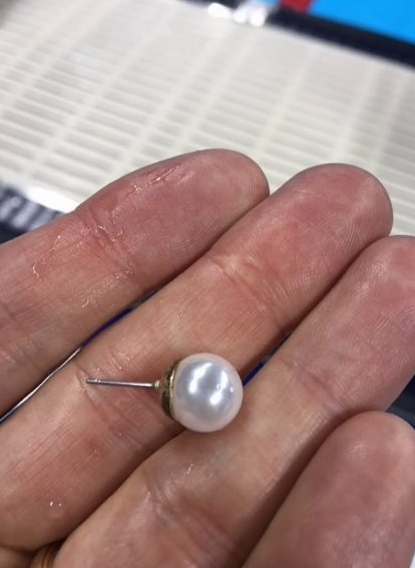The US Federal Trade Commission is cracking down on ‘deceptive endorsements’ by Internet influencers who have been paid by brands.
By Sarah Frier and Matthew Townsend; editor: Emily Biuso. Source
Snapchat star DJ Khaled raves about Ciroc vodka. Fashion lifestyle blogger Cara Loren Van Brocklin posts a selfie with PCA Skin sunscreen. Internet personality iJustine posts Instagrams from an Intel event. Missing from their messages: any indication about whether they have been paid.
This uptick in celebrities peddling brand messages on their personal accounts, light on explicit disclosure, has not gone unnoticed by the US government. The Federal Trade Commission is planning to get tougher: Users need to be clear when they are getting paid to promote something, and hashtags like #ad, #sp, #sponsored — common forms of identification — are not always enough. The agency will be putting the onus on the advertisers to make sure they comply, according to Michael Ostheimer, a deputy in the FTC’s Ad Practices Division. It is a move that could make the posts seem less authentic, reducing their impact.
“We’ve been interested in deceptive endorsements for decades and this is a new way in which they are appearing,” he said. “We believe consumers put stock in endorsements and we want to make sure they are not being deceived.”
This means more cases like the one against Warner Bros. Home Entertainment Inc., which last month settled with the FTC over charges that it deceived customers by paying internet influencers such as PewDiePie — who has about 50 million followers on YouTube — to promote the video game Middle-Earth: Shadow of Mordor with positive reviews, without disclosing that they were paid and told how to promote it. In March, the FTC issued a complaint against Lord & Taylor for paying fashion influencers to create posts about one of its dresses on Instagram, without disclosing that the retailer paid them and gave them the dresses for free. Any compensation, including free products, should be disclosed, the FTC says.
Companies have been pouring marketing dollars into social media endorsements, paying everyone from a Hollywood celebrity to a mom who regularly Instagrams her baby snuggling with a puppy. Reaching consumers, especially 20-somethings, is increasingly difficult because of television’s waning marketing power. Social media is where those dollars are headed with brands already spending more than $255 million on influencer marketing every month just on Instagram, according to Captiv8, a company that connects influencers with brands.
Personal endorsements are as old as advertising itself, and there has always been abuse. So when the FTC highlights influencer marketing as having a disclosure problem, it can come across as unfair, said Stefania Pomponi, the founder of Clever Girls Collective Inc., a marketing agency that works with brands including Disney and Ford.
“We're venturing into a little bit of ridiculous territory with the FTC saying these things because influencers really want to follow the rules,” Pomponi said. “They want to do a good job — they want to be seen as useful to brands and don't want to do anything that would jeopardise their relationships.”
It's up to the FTC to be more clear and consistent about their policies and enforcement, she said. A lot of influencers think they are following the rules, but in fact are falling short. More than 300,000 sponsored posts on Instagram in July used hashtags like #ad, #sponsored and #sp, up from about 120,000 a year earlier, according to Captiv8. Ostheimer said that’s usually fine — unless it goes unnoticed.
“If consumers don’t read the words, then there is no effective disclosure,” Ostheimer said. “If you have seven other hashtags at the end of a tweet and it’s mixed up with all these other things, it’s easy for consumers to skip over that. The real test is, did consumers read it and comprehend it?”
Hashtags like #sp and #spon may not be fully understood, especially if they are buried at the bottom of a post, he said. And any disclosure would be better at the beginning. When it comes to video, the FTC calls for disclosure to be said out loud or displayed on screen. It can get even more complicated on Snapchat, where there's not an obvious place to put a hashtag, and the videos are only a few seconds.
Some advertisers say influencer posts do not deserve such careful disclosure, because they are not the same thing as a traditional ad. Lauren Diamond Kushner, a partner at Kettle, a creative agency in New York, has worked on influencer campaigns with brands including Sunglass Hut. She said the Instagram stars and YouTubers often only work with the brands that they genuinely like and use.
“I don’t know if I even think of it as an ad,” Kushner said in an interview earlier this year. “They say, ‘I’ll do this piece and I’m going to do it my way.’ Whereas if I’m scrolling in my Facebook feed and I see a big thing from H&M or whatever, that is an ad.” She likened influencer content to product placement — a basketball team wearing jerseys by Nike, for example.
The FTC disagrees. A character on a sitcom drinking a Diet Pepsi is not giving their personal opinion about the soda, and the actor is playing a character. The agency says the basic test is: If a consumer knew an endorser was compensated in any way, would that alter the view of the endorsement? In the overwhelming majority of cases, the FTC says yes.
Nicola Foti, who makes comedy sketch videos and has about 388,000 followers on YouTube, said brand deals are how he makes the bulk of his income. But he said he will only do them “as long as it’s something that I like or something that supports a product I like.”
“My audience is usually pretty receptive to anything I talk about brandwise because they trust that I’m not just selling them something I don’t care about,” he said.
One way of disclosing: tagging a brand and thanking them. “NEW VIDEO! SEX TOY UNBOXING thanks to @adamandeve!" read a recent tweet by Foti. The tweet does not hint at a brand deal, but the video, which has 25,000 views, displays "sponsored" on the screen within the first 30 seconds.
Nick Cicero, the chief executive officer of influencer marketing agency Delmondo, said the FTC has already changed some practices in the industry by bringing recent lawsuits. “For a lot of years it was really really loose, and you could get away with a lot more,” he said. Now he is telling all of his clients to use the hashtag #ad.
The FTC has been getting the word out with online webinars and guides, speeches and engaging trade associations. “We’re not calling up each individual ad agency,” Ostheimer said. It will also continue to go after the advertisers with legal action. While it has not charged an influencer for deceptive advertising, it has not ruled that out.
“We hope by bringing these cases that we not only stop the marketer and influencer who didn’t have adequate disclosures previously, but also get the message out that other companies should have clear and conspicuous disclosures,” he said.
In many cases, influencers are just following orders. When asked about her contracts with Intel, Justine Ezarik, otherwise known as iJustine, said, “Whatever the brand and legal tell us to do, we do to comply.” In most cases these days she will use #ad, #sp or say that she's “working with” or "partnering with" a brand. She will write about a sponsorship in the description of YouTube videos if she does not have time to address it on camera. Khaled is paid to rep Ciroc, and his representatives could not be reached for comment. Van Brocklin did not respond to a request for comment.
“It definitely is getting confusing,” Ezarik wrote in an e-mail. “The hardest part is when you only have 140 characters or a few seconds of a snapchat, how do you make the most of it?”




